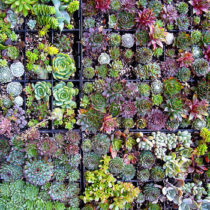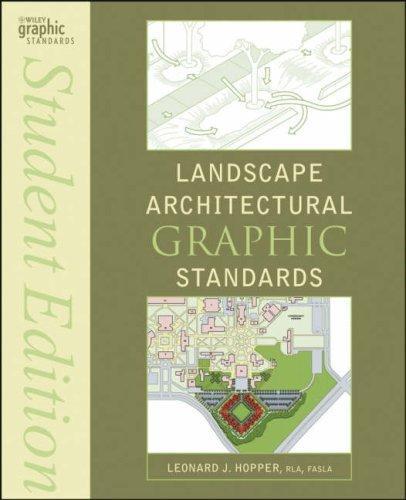Landscape Architecture for Landscape Architects › Forums › RESEARCH › Constructed Treatment Wetlands Resources
- This topic has 1 reply, 6 voices, and was last updated 12 years, 3 months ago by
 Rob Halpern.
Rob Halpern.
-
AuthorPosts
-
August 26, 2013 at 4:02 pm #154259
 CassieNicholsParticipant
CassieNicholsParticipantI am looking for resources on constructed treatment wetlands- specifically located on a fairly steep bank treating stormwater from interstate/roadways.
August 26, 2013 at 5:38 pm #154268 Rob HalpernParticipant
Rob HalpernParticipantA book? Creating Freshwater Wetlands by Donald Hammer
An expert? Michael Ogden of http://www.biohabitats.com/
August 27, 2013 at 8:31 pm #154267 Trace OneParticipant
Trace OneParticipantWhy are you locating treatment on steep slopes? Best Management Practices would put the low point ditch in some kind of BMP planting design, but steep slopes are only for erosion control, really. More info needed, maybe? or are you just looking for what to do on steep slopes? (contour grading and erosion control)…
August 27, 2013 at 8:49 pm #154266 CassieNicholsParticipant
CassieNicholsParticipantThis is for a bridge that crosses a river. There is a stormwater outlet at the steepest part of the slope, but quickly flattens as drainage would reach the river. My thinking now is to incorporate a series of check dams (as part of erosion control) into the slope and have a constructed wetland closer to the river. I am hoping to find a project that is similar, but have not had any luck.
Thank you all for your response!
August 27, 2013 at 9:09 pm #154265 Trace OneParticipant
Trace OneParticipantcheck out these guys, they are masters..What you are talking about is not rocket science, you just stated exactly what you need for design..check dams and recreated wetlands lower down slope, next to river.. Good idea ( I think!?) that is how it should be.
Biohabitats recreated a part of a river running through Azalea Park in Charlottesville, Va. when I worked there – they redid a degenerated river curve with willow wattles according to curve calulations done by them. I could not believe they were proposing to remove any existing substantial willows. It was a good design, but I still think existing plants should be preserved.
August 30, 2013 at 2:51 am #154264 Goustan BODINParticipant
Goustan BODINParticipantHope this book will change your professional life the way it changed mine :
August 30, 2013 at 11:08 am #154263 Francis Paul DickinsonParticipant
Francis Paul DickinsonParticipantHi Cassie
Melbourne Water in Australia have good guidelines on constructed wetlands just look them up on the web. City of Melbourne WSUD guidelines, Virginia DCR Stormwater Spec, City of Portland Stormwater Manual and California Department of Transport Website are useful.
Although what you describe might suit a bio-infiltration trench/basin setup better as roads often carry heavy metals and toxins that can damage fragile eco-systems.
Alternatively you can design in an entire treatment train starting with roadside swales – infiltration trench – bio-retention basin and then a constructed wetland. It depends on what your trying to achieve in terms of local water infiltration or a complete water treatment cycle.
Hope This helps
August 30, 2013 at 12:23 pm #154262 CassieNicholsParticipant
CassieNicholsParticipantThank you! I will check them out as well.
August 30, 2013 at 5:55 pm #154261 Phil MooreheadParticipant
Phil MooreheadParticipantThe first thing that came to mind was a series of terraced rice paddies (substitute sedges and rushes). If this were somehow visually accessible, it might be worthwile to recreate that aesthetic. Here’s a pretty entertaining animation: http://www.pbs.org/wgbh/nova/ancient/rice-paddy.html
August 30, 2013 at 8:01 pm #154260 Goustan BODINParticipant
Goustan BODINParticipantI f you happen to know this guy, please forward him my best regards. Not just the regular signature type best regards, but something that comes from deep within. This book is just colossal.
Cheers
-
AuthorPosts
- You must be logged in to reply to this topic.



